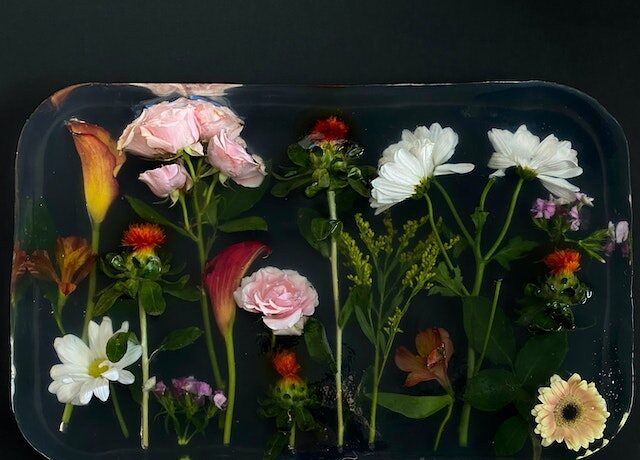Resin is a versatile material that has become increasingly popular in recent years for DIY projects, jewelry making, and even home decor. However, with all its benefits come some common problems that can leave beginners frustrated. Whether you’re an experienced resin user or just starting out, it’s important to know what challenges you might face along the way. In this blog post, we’ll be discussing the most common problems with resin and providing useful tips to help you avoid them. So grab your gloves and let’s dive in!
Why do people use resin?
Resin is a material that has been used for centuries in various industries, from jewelry making to boat building. It’s made by mixing two liquids together, which then harden into a durable and glossy finish. Today, resin has become increasingly popular with DIY enthusiasts and artists alike due to its versatility and ease of use.
One reason people use resin is because it can be molded into virtually any shape or size. This makes it ideal for creating custom molds for jewelry, sculptures, and other decorative items. Additionally, resin can be colored using pigments or dyes to create unique designs that are impossible to achieve with other materials.
Another advantage of using resin is its durability. Once the mixture has hardened, it’s resistant to scratches, cracks, and UV rays. This means your finished products will last longer without losing their luster.
Many people enjoy working with resin because of the creative possibilities it offers. Whether you’re looking to make jewelry or decorate your home with unique pieces of art,
resin allows you the freedom to experiment with different colors and textures until you find the perfect combination that suits your style!
The most common problems with resin
Resin is a popular material for crafting and DIY projects due to its versatility and durability. However, there are some common problems that people encounter when working with resin.
One of the most common issues is air bubbles forming in the resin. These can be caused by mixing the resin too quickly or vigorously, pouring it too quickly into molds, or not allowing enough time for the trapped air to rise to the surface before curing. To avoid this problem, take your time when mixing and pouring resin and use a heat gun or torch to remove any visible bubbles.
Another issue with using resin is improper measuring of the two components – often referred to as Part A and Part B – which can result in an incomplete cure or soft spots in finished pieces. It’s important to carefully follow manufacturer instructions on measurement ratios and thoroughly mix both parts together.
Additionally, temperature fluctuations during curing can also affect how well resin sets up. If it’s too hot or cold in your workspace, consider moving somewhere more climate-controlled for best results. Make sure you’re using quality materials from reputable sources as cheaper options may contain impurities that negatively impact finish quality.
By addressing these common challenges ahead of time with proper technique and equipment preparation, For more info visit the Justresin Australia pages and anyone can successfully work with resins without unnecessary frustrations!
Tips to avoid these problems
By following these simple tips, you can avoid the most common problems when using resin for your projects. First and foremost, always make sure to properly measure and mix your resin according to the manufacturer’s instructions. This will ensure that it cures correctly and doesn’t have any sticky or tacky spots.
Additionally, be mindful of the temperature and humidity in your workspace, as this can greatly affect how well the resin sets. Keep a consistent temperature between 70-80°F (21-27°C) with low humidity levels to achieve optimal results.
Consider investing in high-quality materials such as silicone molds and precision measuring tools for accurate measurements. And finally, take extra care when handling resin around porous surfaces or objects that may stick to it such as paper or cardboard.
While there are some common issues that can arise when working with resin, they can easily be avoided by taking proper precautions like carefully reading instructions and being mindful of environmental factors. With a little bit of practice and patience, anyone can create beautiful art pieces without any headaches!





